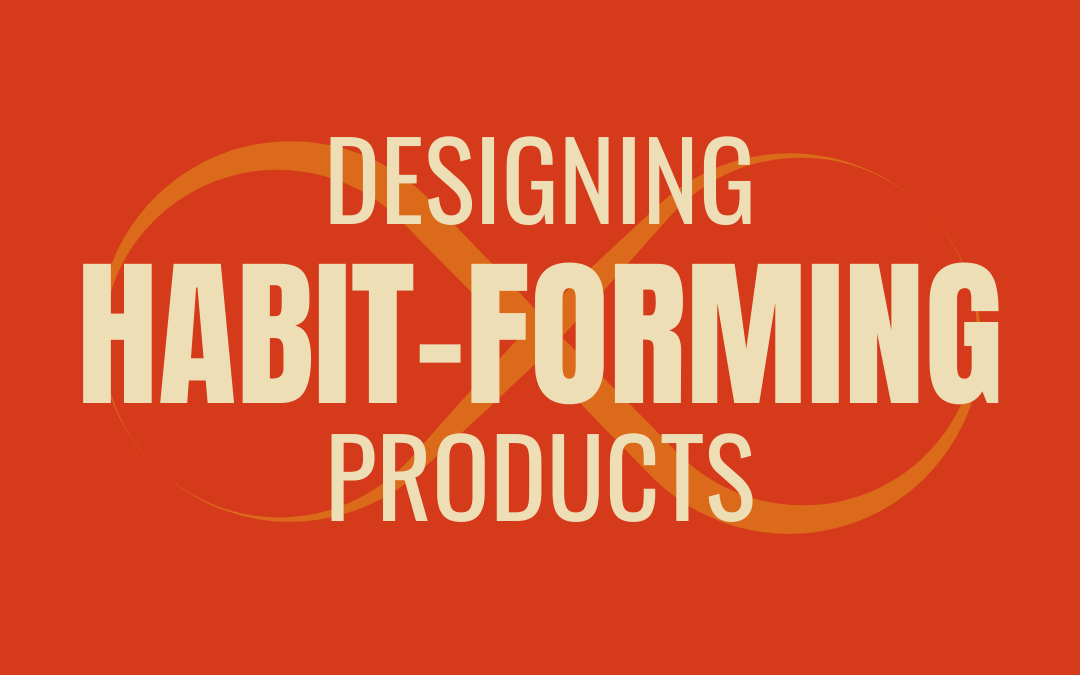Curated by Nir Eyal, Author of Hooked: How To Build Habit Forming Products. Nir has taught at the Stanford Graduate School of Business and the Hasso Plattner Institute of Design at Stanford. Nir is a co-creator of this course.
How do companies design experiences to repeatedly engage users? Designing for habits builds upon the principles of consumer psychology to create new routines.
I’ve spent the past 3 years researching how products create habits and I’ve included a few articles to pique your interest. As you’ll soon learn, the world is becoming a more persuasive, and potentially addictive, place. Learning how to create user habits and harness them to build new behaviors is a super power that can be used for good or evil.
In this video presented at The Next Web conference, I describe a 4-phase pattern found in habit-forming technologies called the Hooked Model. Watch the video and consider the habit-forming products in your own life.
Can you find the hooks in the products you are most engaged with? Can you find them in the product or service you are building?
In this article, the New York Times’ Charles Duhigg explains how businesses create new habits and the powerful and beneficial ways they can change people’s lives.
What habits are you trying to change with your product or service?
In this video, MIT professor Jesse Schell argues that new behaviors must be things people “wanna” do, not “hafta” do. In other words, new behaviors must be pleasurable, not forced.
Think about your own product or service and ask yourself if you are helping users do something they want to do for the pleasure of it. How might you inject more fun into your design?
Now that you have a few users, how do you make your product more habit-forming? In this essay, I discuss “Habit Testing,” a technique companies use to identify and accentuate the habit-forming features of their products.
Consider the three steps discussed in the article. Can you identify your habitual users, codify the steps they take in your user flow, and then modify the path new users will take to follow the same steps?
In this essay, legendary investor Paul Graham describes how the world is becoming a more addictive place and the trends that will make using technology harder to resist. Graham discusses the challenges of a more persuasive world.
Consider the moral implications of designing for habits. What will users gain and lose from more addictive products? Do you find yourself hooked to any technologies to the detriment of other parts of your life?
Other Product Psychology Lessons
- Building Community Starts with Understanding People
- When Persuasion Becomes Deception
- Mastering Pricing Principles
- A Handy Behavioral Design Toolkit
- Onboarding Matters – Getting Users Engaged in your Product
- Dual Process Theory: Is Your Product the Elephant or the Rider?
- Web Psychology – The Science of Online Persuasion
- Developing User Empathy with Design Sprints
- Want To Be A Game Psychologist? What You Need to Know
- How to Do Effective User Research
- Context Driven Design (The “Context Effect”)
- Writing Copy for Your Reader’s Brain
- Designing Habit-Forming Products
- Games, Play, and Motivation
- How Scarcity & Impatience Drive Irrational User Behavior
- Should You Listen To Your Users or Your Data?
- Emotional Engagement – Designing with the Heart in Mind
- Product Psychology: The 3 Things Everyone Should Know About

